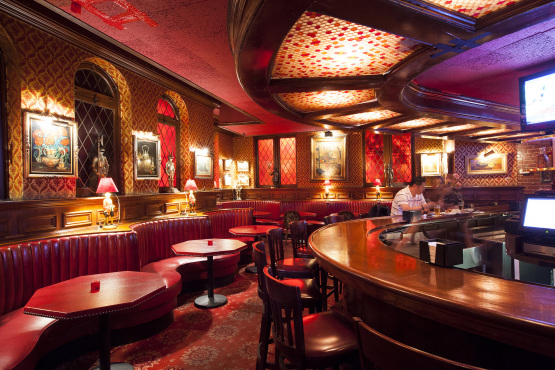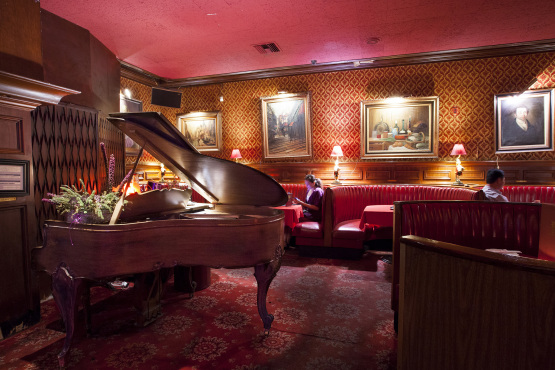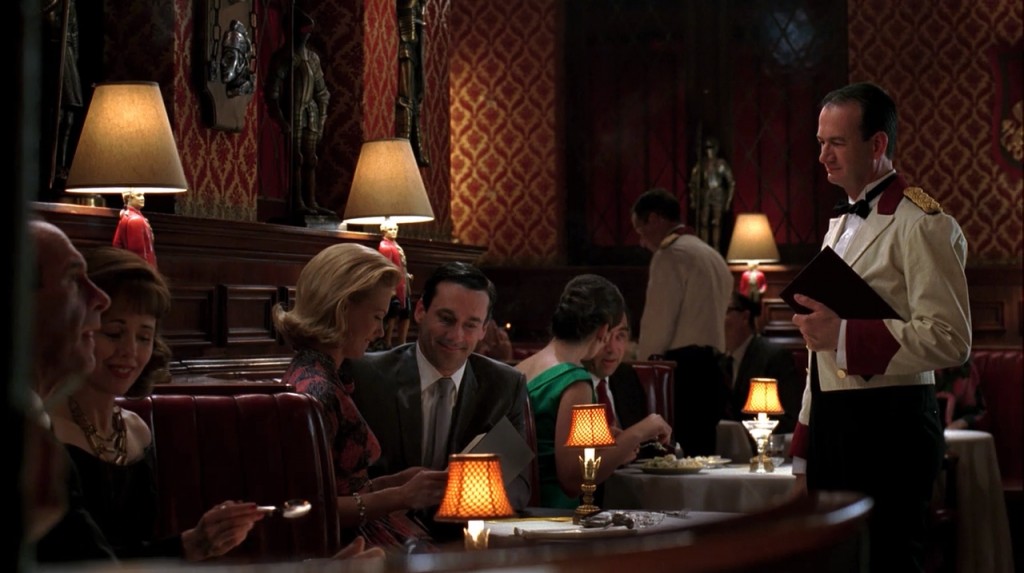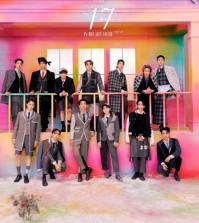- California Assembly OKs highest minimum wage in nation
- S. Korea unveils first graphic cigarette warnings
- US joins with South Korea, Japan in bid to deter North Korea
- LPGA golfer Chun In-gee finally back in action
- S. Korea won’t be top seed in final World Cup qualification round
- US men’s soccer misses 2nd straight Olympics
- US back on track in qualifying with 4-0 win over Guatemala
- High-intensity workout injuries spawn cottage industry
- CDC expands range of Zika mosquitoes into parts of Northeast
- Who knew? ‘The Walking Dead’ is helping families connect
The Prince may just be Hollywood’s favorite spot in Koreatown
By Tae Hong
Imagine this: Angelina Jolie, tearing into a Korean-style whole fried chicken inside a Old Hollywood relic of the early 1900s, very pregnant and very hungry.
Above her, another relic, this time of the ‘90s, blasts, one track after Radiohead and one before Eminem — “Vanilla Ice, ice, baby.”
Welcome to another night at the Prince, and if you will, please, sit down on these classic red-leather booths (literally) out of an old noir pic and order yourself some chicken, a plate of Kimchi fried rice and a Hite.
Eclectic is one word for the Prince (Hwang-tae-ja/황태자 in Korean). The once-French, now-Korean joint is a widely written about hotspot for Hollywood filmmakers and Koreatown visitors alike, but the fascination of walking into this preserved space, with its Korean food and service and nostalgic rap and fancy squire lamps, never quite diminishes.
Filming crews crowd the establishment on a monthly basis as movie stars float in and out of the Prince’s double red doors. This is where Jack Nicholson agrees to meet Faye Dunaway in “Chinatown,” where Jon Hamm’s Don Draper wines and dines in “Mad Men,” where Jake Johnson’s Nick bartends in “New Girl.”
Heo Ja-hwa, its 58-year-old restaurant owner, is a photography enthusiast and art lover who took over the business from his older sister 12 years ago.

About 20 episodes of any given show is filmed yearly at the restaurant, which is situated on a skeleton of a bygone era — 7th St., just feet away from the site of the old and gloried Ambassador Hotel, a booming center of Hollywood in the ‘30s and ‘40s.
A visiting L.A. Times writer once wrote of the spot that she and her boyfriend had “discussed whether or not the people who owned the Prince had any idea what a resplendent jewel of a room they had on their hands.”
As it turns out, well…yes.
“As an owner, I do want to change some of the worn-down things to new ones sometimes,” Heo said. “But that would mean getting rid of a piece of a close-to-100-year-old history. So we just restore and wipe away the dust.”
Everything here, from lamps (“Each of them costs $1,000 to remake into a copy of the original.”) to curtains (“I had them remade by hand seven years ago to closely resemble the originals.”) to its paintings (“I’ve been told some of them are worth thousands, but my sister liked them and they are staying.”) is a preserved effort of the establishment.
Which makes sense, given just how popular it is, for the way it is, with the people who make the things go crash and boom on the big screen. And while Heo won’t divulge just how lucrative renting out the restaurant is, it’s enough that he never feels a need to post notices to customers about closings and filming schedules.
“They expect us to be filming even when we’re not,” he said. “We’ve always been this way.”
About 20 episodes of any given show is filmed yearly at the restaurant, which is situated on a skeleton of a bygone era — 7th St., just feet away from the site of the old and gloried Ambassador Hotel, a booming center of Hollywood in the ‘30s and ‘40s.
The Prince, then the Windsor Restaurant, was a posh space for the classiest crowds; it is said to have served Hollywood stars and influencers as a mainstay of the area.
Heo said he doesn’t know much about the history but that he appreciates the Prince’s place in it.
“I’ve only heard about it, but apparently presidents have dined here,” he said. “Back when it was the Windsor, in the Nixon era. Seventh street was a glamorous place back then.”
The Prince was originally situated near Wilshire and Vermont Blvd. about two blocks away before it took over its current location in the mid-1980s.

The once-French, now-Korean joint is a widely written about hotspot for Hollywood filmmakers and Koreatown visitors alike.
“The Windsor business was winding down, the Ambassador Hotel had closed and Koreatown was beginning to flourish 30 years ago. The owner of the building handed over the restaurant to my brother-in-law,” Heo said.
It’s been serving chicken, beer and 70 other Korean menu items ever since.
Heo is insistent that, above all else, the Prince is a Korean restaurant. He personally handles the sauces for its dishes, a family recipe, and takes pride in its fried chicken, which has drawn Korean sports stars like golf wonder Se-ri Pak and baseball players Chan-ho Park and Shin-soo Choo.
Heo, who studied fine arts at Kyunghee University in Korea, said he doesn’t run the Prince for the money but as a hobby and as an appreciator of its history. His love for the restaurant business began when he was in his teens, when he would frequent live music cafes to make requests from singers with guitars and playlists of love songs.

The Prince, then the Windsor Restaurant, was a posh space for the classiest crowds in the ’30s and ’40s.
The atmosphere, intimate and inviting, was what clinched him then, and it’s what has him even now.
For all its fame and on-screen visibility, its vintage fabric walls — which, although peeling, will stay because they have become literally irreplaceable, he said — stay clean of what could very well have been the Greatest Wall of Famous Visitors in Koreatown, where most establishments proudly advertise signed star photos.
While the Windsor’s certificates and awards survived, they now hang on a barely noticeable wall on the backside of the restaurant’s private room.
Its clean walls are another indication, if anything, of the Prince’s confidence in its reputation.
“We don’t need to show off who visits here,” he said. “The customers already know.”
Heo doesn’t know how long he’ll be heading the business, but he knows what he’d like to see.
“In the future, even if it’s not me in charge, I do hope that the place is kept preserved,” he said. “It’s a landmark of the area.”

















